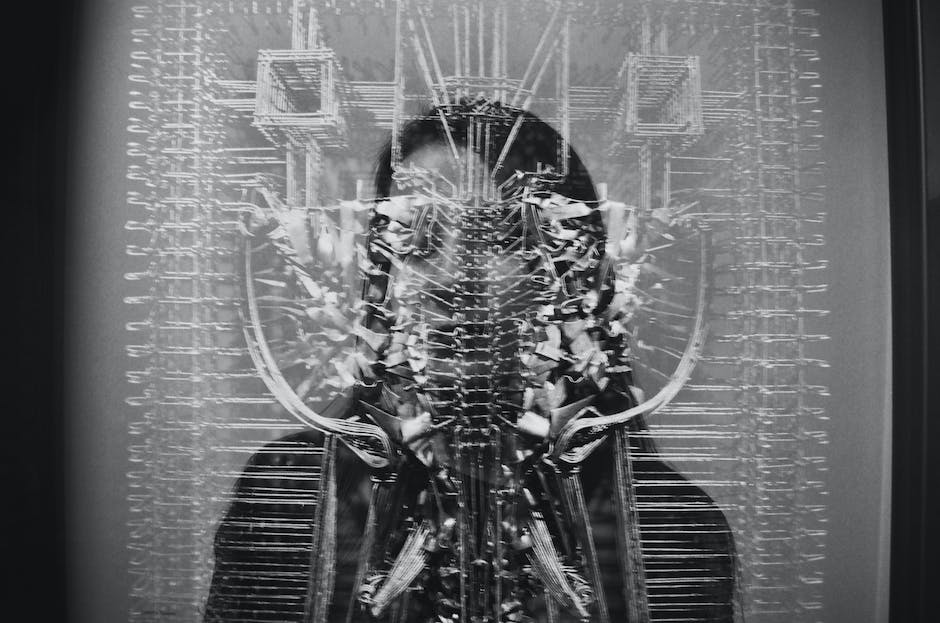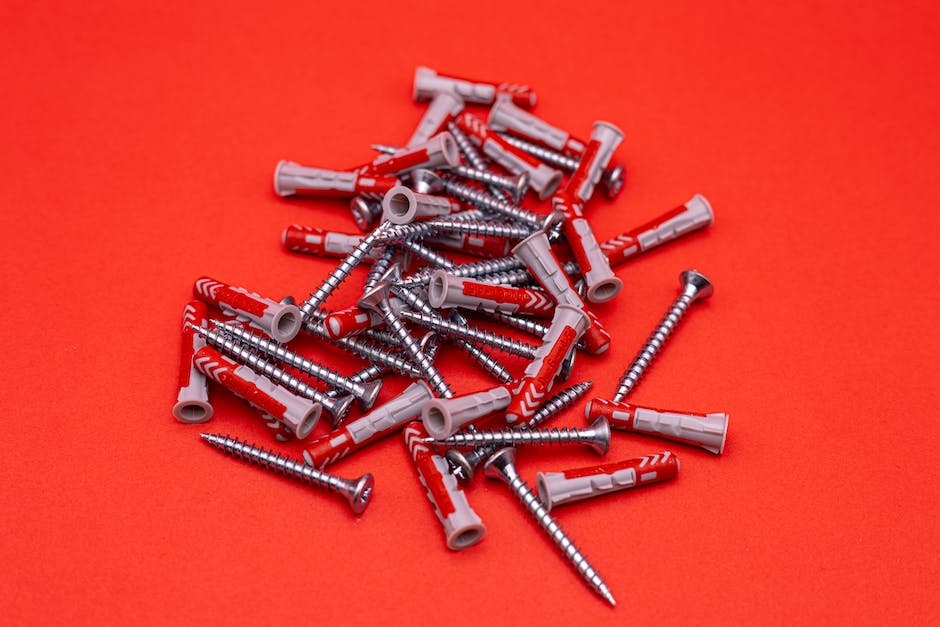-
Table of Contents
- Choosing the Right Tools and Materials for Comic Creation in Clip Studio Paint
- Step-by-Step Guide to Creating Comic Panels and Layouts in Clip Studio Paint
- Mastering Character Design and Illustration Techniques in Clip Studio Paint for Comics
- Tips and Tricks for Adding Text, Speech Bubbles, and Special Effects in Clip Studio Paint Comics
- Q&A
Choosing the Right Tools and Materials for Comic Creation in Clip Studio Paint

Are you an aspiring comic artist looking to create your own masterpiece in Clip Studio Paint? Well, you’ve come to the right place! In this article, we will guide you through the process of making a comic in Clip Studio Paint, starting with choosing the right tools and materials.
First and foremost, let’s talk about the software itself. Clip Studio Paint is a powerful digital art program that offers a wide range of tools and features specifically designed for comic creation. Whether you’re a beginner or a seasoned artist, this software has got you covered.
Now, let’s dive into the tools you’ll need to get started. The most essential tool for comic creation in Clip Studio Paint is a drawing tablet. While you can certainly use a mouse or trackpad, a drawing tablet will provide you with more precision and control over your artwork. There are many options available on the market, so be sure to choose one that suits your needs and budget.
Once you have your drawing tablet, it’s time to consider the type of pen you’ll be using. Clip Studio Paint offers a variety of pen brushes that mimic traditional ink pens, allowing you to achieve that classic comic book look. Experiment with different brush settings to find the one that best suits your style.
In addition to pens, you’ll also need to choose the right brushes for coloring and shading. Clip Studio Paint offers a wide range of brushes that can be customized to create various textures and effects. Take some time to explore the different options and find the brushes that work best for you.
Now that we’ve covered the tools, let’s move on to the materials. One of the great things about digital art is that you don’t need to worry about running out of paper or ink. However, it’s still important to choose the right canvas size for your comic. Consider the final output of your comic – will it be printed or viewed digitally? Adjust the canvas size accordingly to ensure the best quality.
When it comes to color, Clip Studio Paint offers a vast selection of pre-made color palettes, as well as the ability to create your own. Take advantage of these features to bring your comic to life with vibrant and eye-catching colors. Remember to consider the mood and tone of your story when choosing your color palette.
Lastly, don’t forget about the importance of reference materials. Whether it’s for character design, backgrounds, or poses, having visual references can greatly enhance the quality of your comic. Use online resources, books, or even take your own reference photos to ensure accuracy and consistency in your artwork.
In conclusion, choosing the right tools and materials is crucial for creating a comic in Clip Studio Paint. Invest in a good drawing tablet, experiment with different pen and brush settings, and choose the appropriate canvas size and color palette for your comic. Don’t forget to use reference materials to enhance the quality of your artwork. With the right tools and materials, you’ll be well on your way to creating your own masterpiece in Clip Studio Paint. Happy comic making!
Step-by-Step Guide to Creating Comic Panels and Layouts in Clip Studio Paint
Are you an aspiring comic artist looking to create your own masterpiece? Look no further than Clip Studio Paint, the ultimate software for creating comics. With its powerful tools and user-friendly interface, Clip Studio Paint is the go-to choice for professional comic artists around the world. In this step-by-step guide, we will walk you through the process of creating comic panels and layouts in Clip Studio Paint, so you can bring your ideas to life.
First, let’s start by setting up our workspace. Open Clip Studio Paint and create a new document. Choose the size and resolution that best suits your comic. You can always adjust these settings later if needed. Once your document is ready, it’s time to dive into the exciting world of comic creation.
The next step is to create your comic panels. Panels are the building blocks of your comic, and they help to organize your story visually. To create a panel, select the “Panel Ruler” tool from the toolbar. This tool allows you to draw straight lines and shapes, making it easy to create panels of any shape or size. Simply drag your cursor on the canvas to create a panel, and adjust its size and shape as needed.
Now that you have your panels in place, it’s time to start sketching your comic. Select the “Pencil” tool from the toolbar and choose a brush that suits your style. Use light strokes to sketch out the basic layout of your comic, focusing on the composition and flow of the story. Don’t worry about details at this stage; the goal is to get a rough idea of how your comic will look.
Once you’re satisfied with your sketch, it’s time to add some details. Select the “Pen” tool from the toolbar and choose a brush that suits your style. Use this tool to refine your sketch, adding more defined lines and details to your comic. Take your time and pay attention to the small details that will bring your characters and backgrounds to life.
Now that your comic is taking shape, it’s time to add some color. Select the “Bucket” tool from the toolbar and choose a color that suits your comic. Use this tool to fill in the areas of your comic with color. Experiment with different shades and tones to create depth and dimension in your artwork. Don’t be afraid to get creative and try out different color schemes; after all, this is your comic and your vision.
Once you’re happy with the colors, it’s time to add some finishing touches. Select the “Eraser” tool from the toolbar and use it to clean up any stray lines or mistakes in your artwork. Pay attention to the small details and make sure everything looks polished and professional.
Finally, it’s time to save and export your comic. Select the “File” menu and choose “Save As” to save your comic as a Clip Studio Paint file. This will allow you to make further edits and adjustments in the future. If you’re ready to share your comic with the world, select the “File” menu and choose “Export” to save your comic as a high-resolution image file. You can then share your comic online or print it out for physical distribution.
Creating a comic in Clip Studio Paint is a rewarding and enjoyable experience. With its powerful tools and intuitive interface, you’ll be able to bring your ideas to life and create stunning comics that will captivate your audience. So what are you waiting for? Grab your tablet and start creating your own comic masterpiece in Clip Studio Paint today.
Mastering Character Design and Illustration Techniques in Clip Studio Paint for Comics
Are you an aspiring comic artist looking to bring your characters to life? Look no further than Clip Studio Paint, the ultimate software for creating stunning comics. With its powerful tools and intuitive interface, Clip Studio Paint is a must-have for any comic artist. In this article, we will guide you through the process of making a comic in Clip Studio Paint, focusing on mastering character design and illustration techniques.
The first step in creating a comic is to develop your characters. A well-designed character is essential for engaging storytelling. Start by brainstorming ideas for your characters’ appearance, personality, and backstory. Consider their age, occupation, and any unique traits that set them apart. Once you have a clear vision of your characters, it’s time to bring them to life in Clip Studio Paint.
To begin, open a new canvas in Clip Studio Paint and sketch out your character using the pencil tool. Don’t worry about perfection at this stage; the goal is to capture the essence of your character’s design. Experiment with different poses and expressions to convey their personality. Once you’re satisfied with your sketch, create a new layer and use the pen tool to outline your character. Be confident in your lines, as they will define the final look of your character.
Now that your character is outlined, it’s time to add color and depth. Create a new layer beneath the line art layer and use the fill tool to add base colors to your character. Choose colors that reflect their personality and environment. For example, a cheerful character may have vibrant, warm colors, while a mysterious character may have darker, cooler tones. Experiment with different color combinations until you find the perfect balance.
To add depth and dimension to your character, create a new layer above the base color layer and use the brush tool to add shading and highlights. Think about the direction of the light source and how it would affect your character’s features. Use darker shades to create shadows and lighter shades to add highlights. This technique will give your character a three-dimensional appearance, making them pop off the page.
Once your character is fully colored and shaded, it’s time to add the finishing touches. Create a new layer above all the other layers and use the brush tool to add details such as texture, wrinkles, and accessories. These small details will bring your character to life and make them more visually interesting. Don’t be afraid to experiment and have fun with this step.
Now that your character is complete, it’s time to start creating your comic panels. Use the rectangle tool to create panels of various sizes and shapes. Arrange them on your canvas to create a visually appealing layout. Once your panels are in place, use the text tool to add dialogue and captions. Be mindful of font choice and placement to ensure readability.
With your panels and text in place, it’s time to add the final touches to your comic. Use the brush tool to add background elements and details that enhance the storytelling. Experiment with different brushes and techniques to create depth and atmosphere. Finally, review your comic and make any necessary adjustments before saving and sharing your masterpiece with the world.
In conclusion, Clip Studio Paint is a powerful tool for creating comics, and mastering character design and illustration techniques is essential for bringing your characters to life. By following the steps outlined in this article, you’ll be well on your way to creating stunning comics that captivate readers. So grab your stylus and let your creativity soar in Clip Studio Paint!
Tips and Tricks for Adding Text, Speech Bubbles, and Special Effects in Clip Studio Paint Comics
Are you an aspiring comic artist looking to create your own masterpiece in Clip Studio Paint? Look no further! In this article, we will provide you with some valuable tips and tricks for adding text, speech bubbles, and special effects to your comics in Clip Studio Paint. So, let’s dive right in and unleash your creativity!
First and foremost, let’s talk about adding text to your comic panels. Clip Studio Paint offers a wide range of fonts and customization options to make your text stand out. To add text, simply select the Text tool from the toolbar and click on the panel where you want to place your text. You can then type your dialogue or narration directly into the text box that appears. Don’t forget to experiment with different fonts, sizes, and colors to find the perfect style for your comic.
Now, let’s move on to speech bubbles, an essential element in any comic. Clip Studio Paint provides various speech bubble tools to help you create dynamic and visually appealing bubbles. To add a speech bubble, select the Speech Bubble tool from the toolbar and click on the panel where you want to place it. You can then adjust the size, shape, and tail of the bubble to fit your needs. Additionally, you can customize the outline and fill color of the bubble to match the mood and tone of your comic.
To make your speech bubbles even more expressive, consider adding tails to indicate the speaker’s direction. Clip Studio Paint offers a handy feature called “Balloon Tails” that allows you to easily create and adjust tails for your speech bubbles. Simply select the Balloon Tail tool from the toolbar, click on the bubble, and drag the tail to the desired position. This feature adds a dynamic touch to your comic and helps readers follow the flow of conversation.
Now that we’ve covered text and speech bubbles, let’s explore some special effects that can take your comic to the next level. Clip Studio Paint offers a wide range of tools and features to add visual effects, such as speed lines, sound effects, and screen tones. Speed lines are great for depicting motion and action in your panels. You can easily create them by using the Line tool and adjusting the thickness and spacing to achieve the desired effect.
Sound effects are another fantastic way to enhance the atmosphere of your comic. Clip Studio Paint provides a library of pre-designed sound effects that you can easily drag and drop into your panels. Alternatively, you can create your own custom sound effects by using the Text tool and experimenting with different fonts and styles.
Lastly, let’s not forget about screen tones, a classic technique used in manga and comics. Clip Studio Paint offers a vast selection of screen tones that you can apply to your panels to add texture and depth. Simply select the desired screen tone from the Materials palette and apply it to the panel using the Fill tool. You can adjust the size and density of the screen tone to achieve the desired effect.
In conclusion, Clip Studio Paint is a powerful tool for creating comics, and with these tips and tricks, you’ll be well on your way to making your own masterpiece. Remember to experiment, have fun, and let your creativity shine through. So, grab your stylus and start creating your comic in Clip Studio Paint today!
Q&A
1. How do I start a new comic project in Clip Studio Paint?
To start a new comic project in Clip Studio Paint, go to “File” and select “New” to create a new canvas. Set the desired dimensions and resolution for your comic pages, and choose the appropriate settings for color mode and page orientation.
2. How can I create panels and layout my comic pages in Clip Studio Paint?
To create panels, use the “Panel Ruler” tool to draw the borders of each panel on your canvas. You can adjust the size, shape, and position of the panels as needed. To layout your comic pages, use the “Page Manager” tool to arrange and organize your panels on different pages.
3. What tools can I use to draw and ink my comic in Clip Studio Paint?
Clip Studio Paint offers a variety of drawing and inking tools. You can use the “Pencil” or “Pen” tool for sketching and line art, and adjust their settings for different line weights and textures. The “G-Pen” and “Mapping Pen” are popular choices for inking. Additionally, you can use the “Bucket” tool to fill areas with color.
4. How can I add text and speech bubbles to my comic in Clip Studio Paint?
To add text, select the “Text” tool and click on your canvas to create a text box. Type in your desired text and adjust the font, size, and color settings as needed. To add speech bubbles, use the “Balloon” tool to draw the shape of the bubble, and then use the “Text” tool to add the text inside the bubble.In conclusion, making a comic in Clip Studio Paint involves several steps. These include planning the story, creating the characters and backgrounds, sketching the panels, inking the artwork, adding colors and shading, and finally, adding text and speech bubbles. With its wide range of tools and features, Clip Studio Paint provides a comprehensive platform for artists to bring their comic ideas to life.















